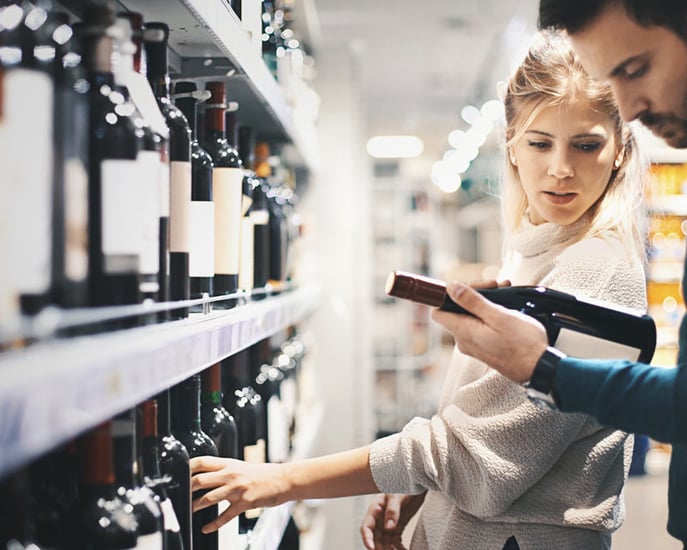You’ve seen them. You’ve heard about them. You’ve laughed at them. Yes, we are talking about packaging translation fails. However, when it comes to translating your packaging and labels, it is no laughing matter.
Bilingual packaging is in demand with the growing Hispanic market in the US and for products in Canada, Europe, and beyond!
Accurate translation of your labels and packaging instructions can affect your business in many ways. First, presenting important information to your customers in their native language increases the appeal of your brand. Second, it helps with compliance. There are legal regulations in place for packaging and labeling. These vary from continent to continent and country to country.
Here are three major examples:
Europe:
Did you know that the European Commission issued a new Food Information Regulation (FIR) that introduced new stipulations that make food and nutrition labeling mandatory? One important component is that information should be presented in a language understood by consumers. This may mean translating into one or more of the 24 official and working languages of the European Union.
Canada:
The Consumer Packaging and Labeling Act (CPLA) outlines Canada’s labeling and packaging requirements. Highlights include providing certain information in English and French as well as converting units to the metric system. The Province of Quebec has additional mandates for bilingual labeling.
Mexico:
By law, all labels on packaging must be translated into Spanish. The metric system is used. As of 2014, all nutrition contents and caloric content must now also be in Spanish on pre-packaged foods and non-alcoholic beverages.
Does this seem overwhelming? Cue in a language service provider like LinguaLinx. We’re a fun and lively bunch, but we know how important it is to take translation seriously. It is important for the health and safety of your consumers and also for the integrity of your brand.
We use in-country native speakers as linguists so they are well-versed with the laws and regulations for labeling and packaging in their countries. We also have a desktop publishing team that works with whatever design file format you currently use. Types of projects you might look to have translated include: Care labels (for clothing items, etc.) Retail packaging and inserts Food and drink labels Hazard or warning labels and important safety information End-user instructions, handling, and warranty information Stay off of those “Translation Fails” lists and give us a call! We can help with any labeling and packaging translation needs requirements.






